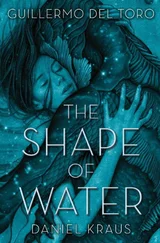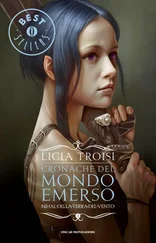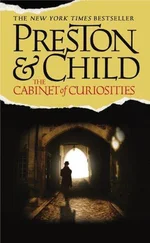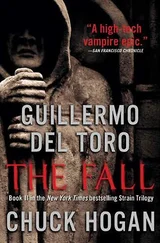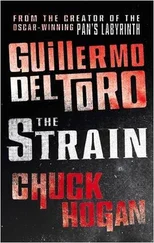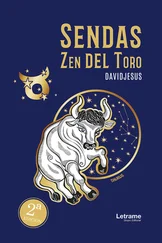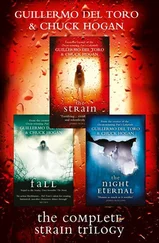
Guadalupe Gómez (del Toro’s mother) and her father, Guillermo Gómez O’Colligan, on the porch of del Toro’s great aunt’s home, where he would spend a large part of his childhood.
The mixture of the two—the study of great art and of all the disasters that can beset the human body—had a major formative effect. “I became a very young hypochondriac because of that encyclopedia. I was constantly thinking about tumors, and liver disease, and parasites in my brain, and I thought I was going to die really quick. And the art was great because I was learning about Degas, Picasso, Manet, Goya.”
Guillermo laughs, adding, “There was a moment, I will not lie, where the family medicine encyclopedia and the art books were great because they had naked ladies. So I am very grateful to Manet, as I am very grateful to certain anatomical charts.”
At the same time, Guillermo was reading comic books. “So Bernie Wrightson, or Jack Kirby, or John Romita Sr., or any of those guys were on equal footing for me in terms of how important they were. Each was as formative an influence as fine art.”

The shelf in the Art Room at Bleak House where the encyclopedias del Toro read as a child are kept.
Never one for superheroes, Guillermo found himself drawn to horror comics. “I used to buy House of Secrets and House of Mystery. They did a lot of illegal reprints and ripoffs of EC comics in Mexico.” Guillermo also recalls a Mexican comics magazine titled Traditions and Legends of the Colonial Times , “a knock-off of EC that was supposed to be based on real occurrences and legends, but that spun out of control.” It was violent, brutal, and very sexy. “They started with tame nudity, but eventually went all out, and they had incredible violence. They had these rotting corpses in colonial clothing that were absolutely amazing. And eventually, they started to lie. They started to say, ‘Oh, this happened in so-and-so,’ and I would say, ‘No, that’s not true. That’s a Nathaniel Hawthorne story, or an Edgar Allan Poe story, or a W. W. Jacobs story.’ Because I was reading books.”
The first book Guillermo bought for himself, at age seven, was Best Horror Stories , edited by Forrest J Ackerman. From then until he was twenty, Guillermo read a book every two days, every day if he could, thousands of them. “I read really inappropriate stuff for my age: Rimbaud, Baudelaire, Marcel Schwob, who was a fantastic symbolist writer, Matthew G. Lewis’s The Monk , Thomas de Quincey. I read really weird stuff, at least by provincial standards. Look, my great aunt didn’t want me to read Victor Hugo’s Notre-Dame de Paris because the local church had it on its list of forbidden books!”
By seven or eight, Guillermo also started drawing and painting and building model kits (the first he ever painted was Pirates of the Caribbean , but he gravitated toward the monster kits). He liked eating crayons but didn’t like their texture for drawing, so he used colored pencils.
“I started drawing very young because I was illustrating my horror stories,” he recalls. “I started with the illustrations and sometimes never finished the story! Normally my clients were my mother, my grandmother, and my dad, and I would sell them the issues with a great color cover. There was a story I remember called ‘The Invader,’ and it had an invisible dome covering a city, with a giant tentacled monster eating everybody in sight, and people trying to drill a hole in the dome. And I did these epic Prismacolor pencil illustrations and sold out the three issues to my captive audience.”
At the same time, Guillermo was drawing three monsters obsessively: the Creature from the Black Lagoon, Frankenstein’s monster, and Lon Chaney’s Phantom of the Opera. “And I really loved sculpting. My brother and I would do full human figures with clay and Plasticine—liver, intestines, the heart—fill them with ketchup and throw them from the roof. So I was an artistic but very morbid kid.”
Morbid, but not passive. “I was speaking at a film school in Hollywood, and I said to them, ‘Go have a life. Live. Get laid, get into a bar fight. Get knifed in the fucking thorax. Lose all your money. Make all your money back. Jump into a train.’ When I was just a child, I was observing the world, but I lived a lot, too. We used to break into abandoned houses. We explored the entire sewer system of Guadalajara on foot. And then I became really crazy as a teenager.”

Del Toro shooting his short film Geometría with his Mitchell camera.
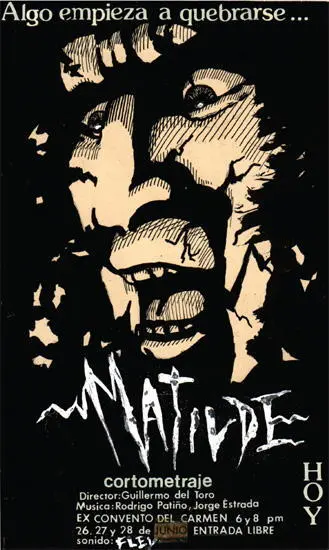
A poster promoting Matilde , one of del Toro’s short films, featuring art and typography by the director.
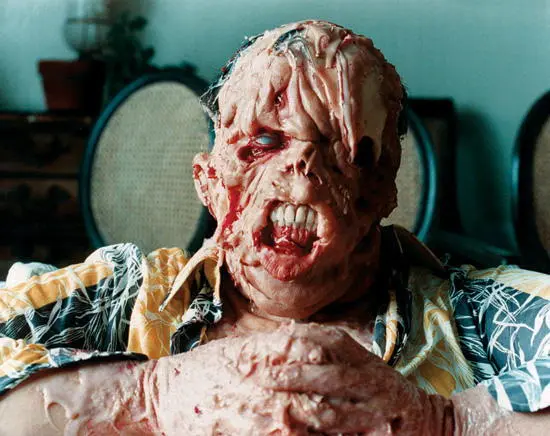
Del Toro wearing sculpted and molded gelatin makeup, including fake hair and acrylic dentures and gums.
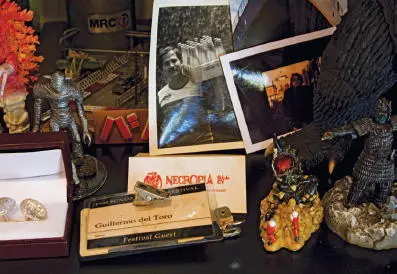
A business card from del Toro’s special effects company Necropia S.A. de C.V., surrounded by other mementos.
From age eight on, Guillermo also began making short films. Around age twenty, he fell under the tutelage of filmmaker Jaime Humberto Hermosillo, for whom Guillermo served as executive producer on Doña Herlinda and Her Son (1985), which starred Guillermo’s mother, Guadalupe. (Hermosillo saw Guadalupe in a short film Guillermo made; he thought she was a good actress and cast her in her only feature film role.)
A key piece of advice from Hermosillo was to have faith in oneself. He would often tell Guillermo, “If a road is not presented, you build one.” Embracing this advice, Guillermo worked for ten years to establish Necropia, a special effects and makeup company in Mexico, a country that previously had no such facility. Necropia provided the makeup effects for his first feature, Cronos , in 1993.
Running through all Guillermo’s work like the hum of a high-voltage current is fear , the menacing, cold beauty of a knife’s edge. Rod Serling once observed, “The greatest fear of all is fear of the unknown, which you can’t share with others.” Nevertheless, Guillermo has explored and shared that fear with millions, his films evoking a sense of communal isolation on a grand scale.
Guillermo’s films are most easily defined as horror or dark fantasy, but not of the exploitative or escapist type. Instead, he crafts a particular brand of fear-tinged fantasy that interprets the world we live in, rather than offering a separate time or place where the audience might luxuriate in imaginative denial. As Guillermo observes, “When people say, ‘Oh, fantasy’s a great escape,’ I reply, ‘I don’t think so.’ Fantasy is a great way of deciphering reality.”
Guillermo utilizes the tools of fantasy and horror to open our eyes, as a way to see the world in its totality. His films constantly play with the border between what can be seen and what remains invisible, tackling the literal and metaphorical implications of blindness and vision.
Читать дальше







